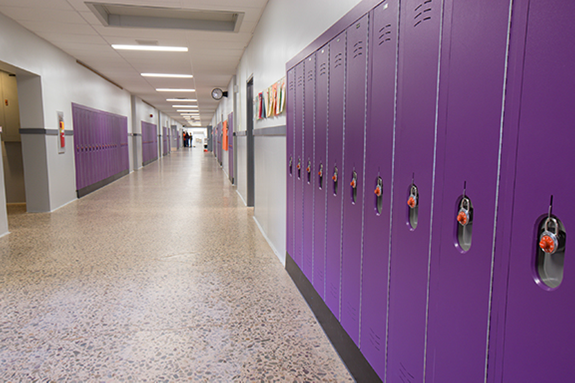New Research Shows Positive Connection Between Classroom Design and Learning
The team designing and executing a school facility has a lot of responsibilities, including student safety. Recently, it’s been discovered that design can impact the students’ attitudes and even the way they retain information.
When designing a school facility, use this information to inspire the design and increase students’ performances in reading, writing, and math.
The American Institute of Architects has discussed UK-based HEAD (Holistic Evidence and Design) findings regarding this information.
Key Findings
HEAD spent three years studying 153 classrooms in 27 schools in Blackpool, Hampshire, and Ealing, UK, that involved 3,766 students. They found evidence that shows how important classroom design is to students’ learning and what factors yield these results.
The study looked at three dimensions or design principles that have been used to suggest and structure the factors that should be considered to keep students engaged in different activities. These dimensions are naturalness, individualization, and stimulation.
Naturalness is about the light, sound, temperature, air quality, and other links to nature. Individualization is about a student’s ownership, flexibility, and connection to the environment. And stimulation is about the appropriate level of complexity and color.
Using this three-part structure, the study focused on the impact of various elements of school environments on students. Its findings are directly related to the facility’s design and construction, such as natural light and the shading of the windows as well as their location.
A classroom should have distinct characteristics and a location that allow students to be relaxed but also promotes a sense of ownership. And to appeal to the appropriate level of stimulation, the overall atmosphere must be engaging but free of clutter. Bright colors should be used only as accents.
Classroom Designs and Materials
Studies have demonstrated that an aesthetically pleasing environment designed in a certain way will better contribute to students’ learning and comfort. Architects and engineers should consider this information when creating a building’s design.
In addition to the layout, window placement, and other factors necessary for a stimulating facility, it’s important to ensure the use of materials that are safe for the children and provide for a healthy environment.
Scranton Products utilizes high-density polyethylene (HDPE) to reduce the environmental impact and improve facilities’ indoor air quality.
Solid plastic HDPE doesn’t absorb moisture, resists mold and mildew, and has a 25-year warranty. The partitions and lockers can be power washed and steam cleaned, so you never have to use harmful chemical cleaners. They contain a solid color throughout, so you’ll never need to paint them, which eliminates VOC emissions.
Click here to find out where you can purchase Scranton Products for your facility.

